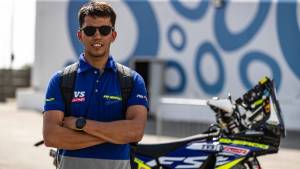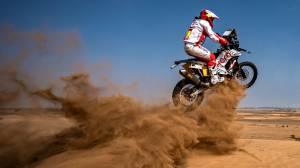Has the Dakar truly opened Saudi Arabia's doors?
No public displays of affection. No shorts. No tattoos on display. No alcohol, and definitely no swearing. The list of do's and don'ts (so as to have a pleasant visit to Saudi Arabia, sans a trip to the police station) that came our way ahead of the Dakar had far more don'ts on it and brought with it a fair amount of apprehension. Speaking to Hero MotoSports' CS Santosh (who likes shorts, and tattoos in equal measure) at the podium ceremony in Jeddah, after he'd spent a few days there, he admitted to being more than a little wary of the venue itself rather than the terrain, but was quite surprised by how easy-going Saudi Arabia felt. And as many outsiders that we saw walking around parc ferme in clothing that might've once triggered panic, were locals who weren't covered head-to-toe. A couple of women in our group who were born in Saudi Arabia but were visiting for the first time in years, couldn't believe that the locals (even the women) were so eager to have a chat about the Dakar and why we were there. It became quite clear that with the curtain being lifted, the sunshine was more than welcome. We even saw a woman behind the wheel in Jeddah's historic quarter, a sight our tour guide was quick to point out was the real historic moment!
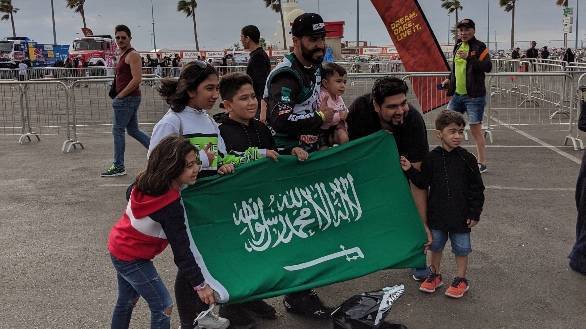
So as much as the Dakar's marketing line of 'Dream. Dare. Live it.' has held true for the hundreds of competitors taking part in the ultimate motorsport event every year, in 2020 it feels like it's especially speaking for the ultra-conservative kingdom of Saudi Arabia, and its people itself. And while the country only opened its doors to tourists by granting e-visas late last year, just ahead of the Formula ePrix in November, it's one thing to hold an event in one city (Riyadh hosts Formula E) and quite another for an entire country to play host to a race that routes across 7,500km of Saudi Arabian land, from the liberalised port city of Jeddah to places that the locals themselves haven't quite heard about.
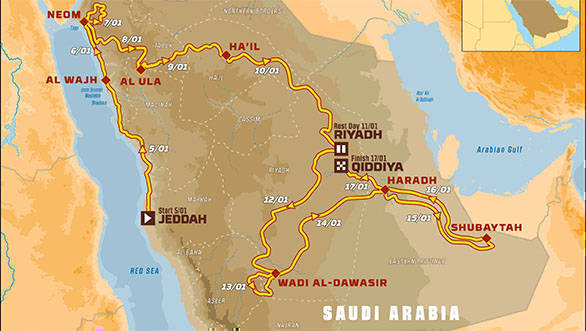
And the Dakar is huge. The entry list for this year had over 500 competitors in some 350 vehicles, which tells only half the story, since there's also the entire team support network, media crews, event organisers and more travelling from bivouac to bivouac itself like a mini-city that's built every day, then dismantled, packed up and moved hundreds of kilometres by road.
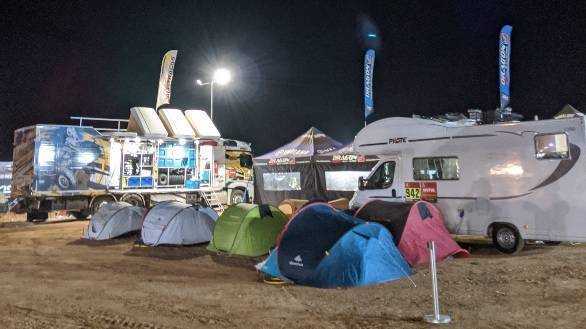
The scale of it all can make one's head hurt. And that's before you even get to the racing action, where each day can see competitors covering between 500-800km in timed stages or transport. A long distance any way you cut it, and then you realise that they're doing it day-in and day-out for 12 days! We were at the Dakar for all of two stages, and between travelling in air-conditioned SUVs and sleeping on nicely made up beds, the experience still left a sore body after walking just a couple of kilometres to find vantage points to watch the race go by.
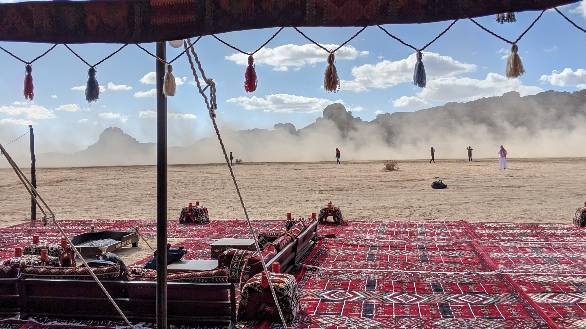
It was more than worth it, though. Far from the spectator campsite, where all the riders put on a bit of a show, you get to see just how exhausting the Dakar can be. Sure, the top riders will still tear by with a thumbs up, or even stand the motorcycle up on one wheel, but it's the body language of the riders in the middle of the pack that shows what a battering they take, just holding on and trying to survive the stage. We saw Sherco-TVS rider and Dakar debutante, Harith Noah, pass by way down the field after his Stage 1 crash, and I'd like to think cheering him on by jumping wildly probably made some difference, especially since the entire flock of Indian journos did the same. It was quite something to see the locals gathered pump their fists and yell out encouragement too, at least for the handful of Saudi competitors in the Dakar. Going by what I've heard about entire villages showing up to cheer the race on in South America, there's still a ways to go for Saudia. But given how magnetic the draw of watching men and machine tear across terrain ill-suited for it is, I'm sure the people that came to spectate at stages hundreds of kilometres from the nearest city will grow their kind next year.
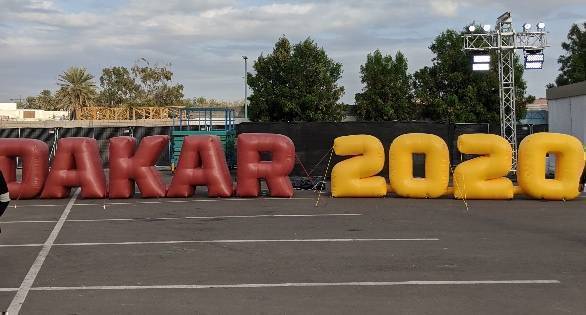
Going by all the sporting events coming to Saudi Arabia soon (from football to F1) the changes made by the new crown prince seem to have made an impact, even if it's more apparent now than ever that money will always, always talk the loudest. Who could've guessed that the Dakar rally - which can sometimes look so intense, it should be illegal - would ever move to a country that's been called repressive and oppressive? There's even news that a grassroots motorsport program aims to put the first Saudi woman driver in a racing seat for Dakar 2021! Well, how much may be for the publicity, and how much actual change occurs, is up for debate - and only time will tell. This Dakar, we saw more than just the grit and determination of athletes pushing for the fruition of their ultimate goal, but also the face of a people that don't seem afraid to show kindness. I guess this time around, the Dakar is changing more than just the lives of the people who take part in it.
